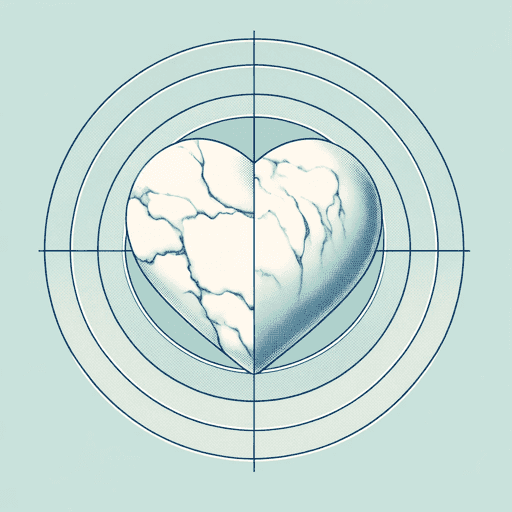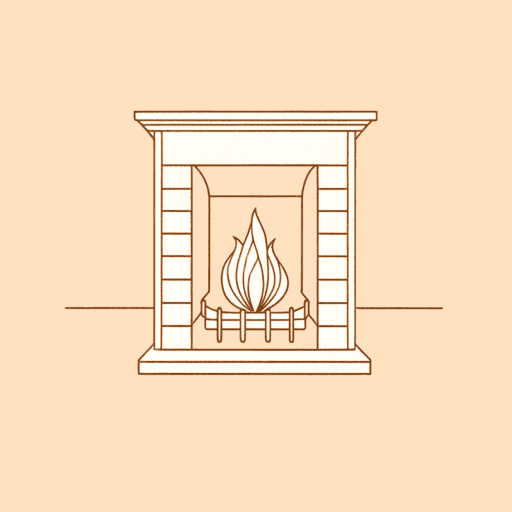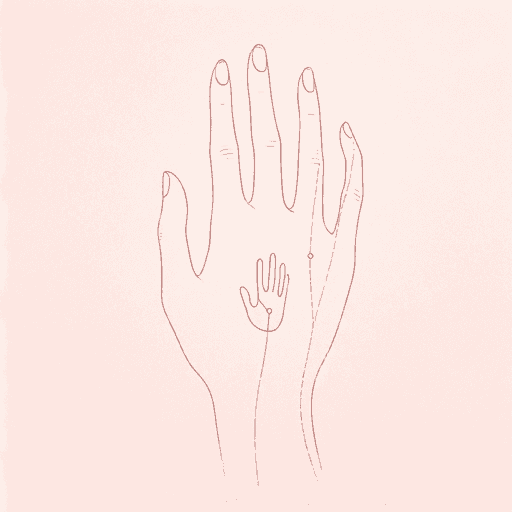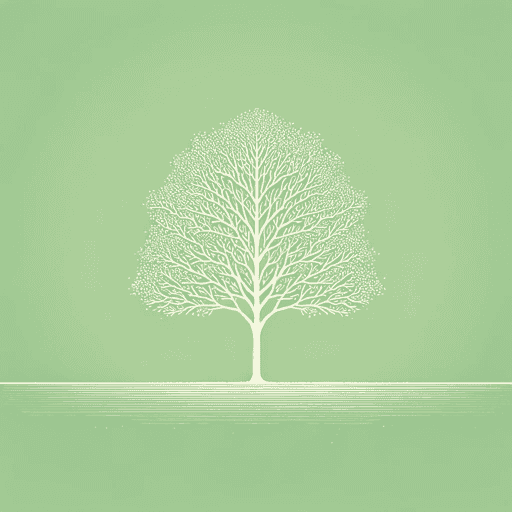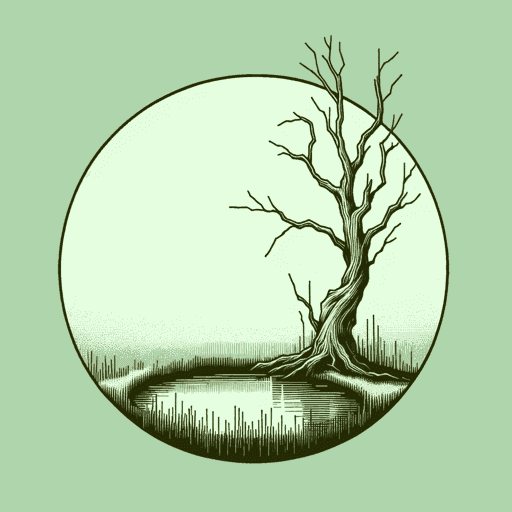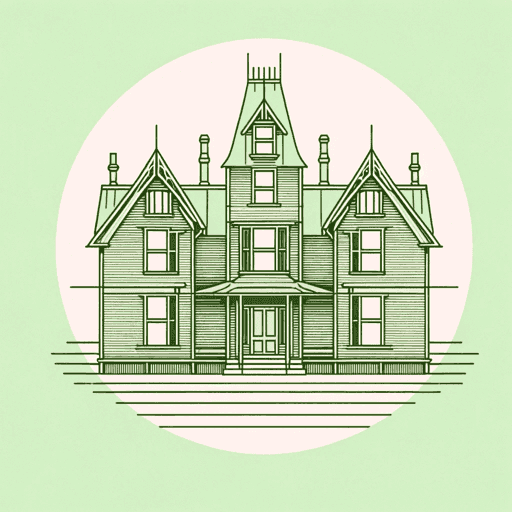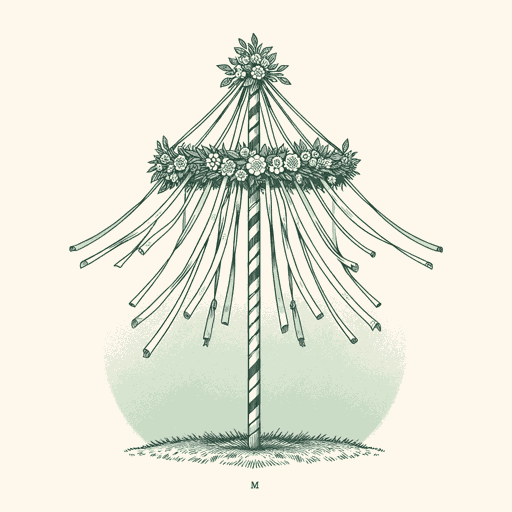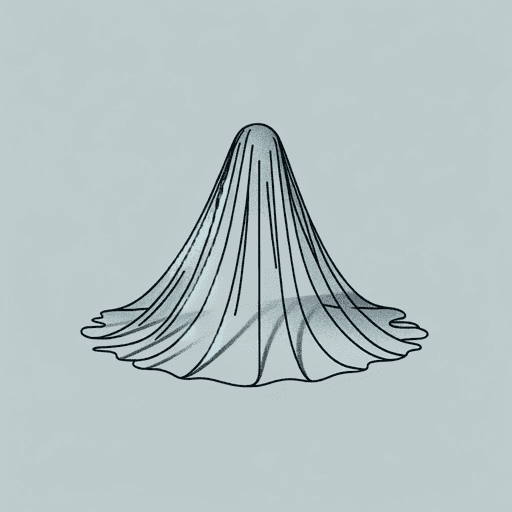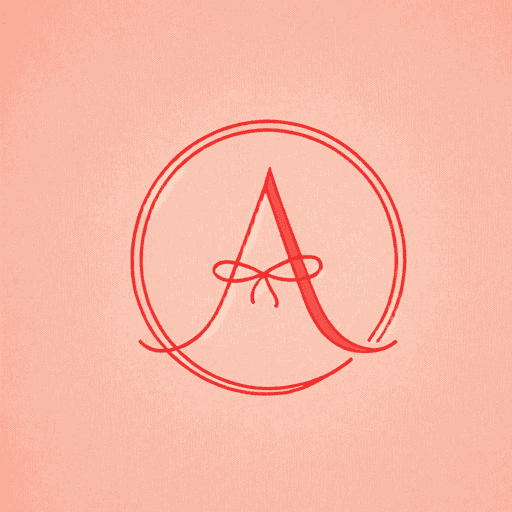44 pages • 1 hour read
The Marble Faun
A modern alternative to SparkNotes and CliffsNotes, SuperSummary offers high-quality Study Guides with detailed chapter summaries and analysis of major themes, characters, and more.
Symbols & Motifs
Faun
The faun is the central image of the novel. The statue of the faun by Praxiteles epitomizes the refined artistic culture the American friends have come to Rome to enjoy, as well as the weight of ancient and venerable tradition. The faun itself symbolizes the mythic belief in a simple, carefree, and joyful condition of mankind—one in which humans were united with the natural world and unaware of sin, evil, and death. However, the fact that the faun is half animal and half human reflects the idea that human beings had not yet attained a full depth of humanity in this state, underscoring the novel’s point about the necessity of suffering to human development.
The Americans’ Italian friend Donatello embodies the faun’s qualities of simple joyousness and physically resembles the statue. Donatello’s experiences in the book mirror mankind’s original innocence and fall into sin and death; eventually he recovers from his sin and shame and becomes righteous through moral reflection, purification, and repentance. At the end of the novel, Donatello resembles the faun again but with a greater depth of character.



Related Titles
By Nathaniel Hawthorne


